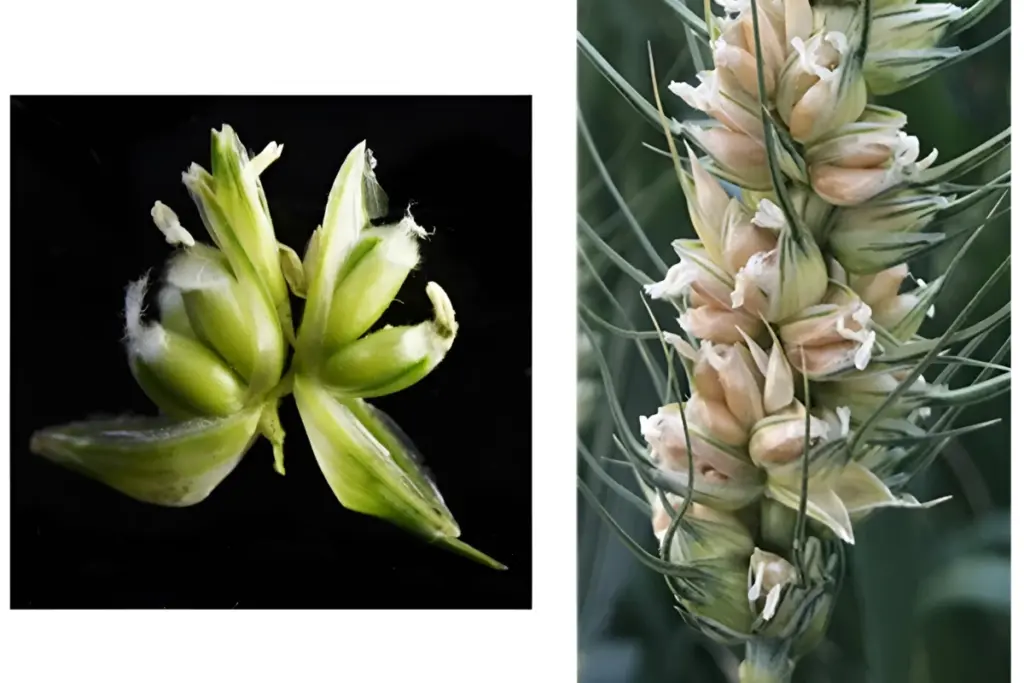
A significant advancement in agricultural genetics may soon allow for the production of up to three times more grain from the same amount of wheat, according to researchers at the University of Maryland. This breakthrough revolves around a genetic mutation identified in a type of wheat known as MOV (multi-ovary) wheat, which has the potential to revolutionize grain production.
In standard wheat plants, each “floret” in the seed head typically produces one ovary, resulting in a single grain. However, MOV wheat can produce up to three ovaries per floret, leading to the possibility of three grains from each. Until now, the genetic mechanism behind this phenomenon was not clearly understood.
Scientists at the university have performed a comprehensive genetic mapping of MOV wheat and compared it with conventional bread wheat to identify key differences. They discovered that a previously dormant gene, known as WUSCHEL-D1 (WUS-D1), is activated in MOV wheat. This gene plays a crucial role in promoting the development of additional female flower parts, such as pistils and ovaries.
Activating the WUS-D1 gene in cultivated wheat could lead to a significant increase in grain production. “Pinpointing the genetic basis of this trait offers a path for breeders to incorporate it into new wheat varieties, potentially increasing the number of grains per spike and overall yield,” said Assoc. Prof. Vijay Tiwari, co-author of the study. The research findings were published in the journal Proceedings of the National Academy of Sciences.
The implications of this research are profound, especially in light of the growing global demand for food. As agricultural challenges intensify due to climate change and population growth, enhancing crop yields through genetic advancements could play a pivotal role in ensuring food security.
Moving forward, the researchers intend to employ gene editing technologies to further refine this trait, aiming to create higher-yielding wheat varieties. If successful, this genetic breakthrough could mark a significant milestone in the quest for sustainable agriculture, potentially transforming farming practices and improving food availability worldwide.







